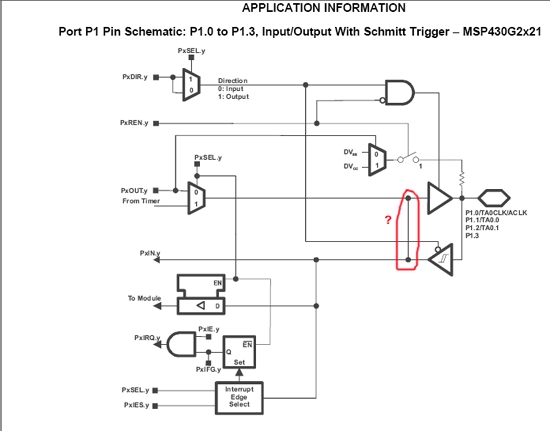Hi,
I've just received the Launchpad board, with MSP430x2xx, and I'm a bit confused with the User Guides and Datasheets...
It's said that the MSP430x2xx series include internal pull-up/pull-down resistors, and these are configured with PxREN registers.
Although, when I look at the Launchpad User's Guide, on the board's schematic, there are 47kOhm pull-up resistors tied to Vcc on Port P1.3 and RST.
Are the pull-up resistors really internal, or do I need to connect a 47kOhm resistor in every port used as input? If I don't connect these resistors, and only insert a button, will I have my microcontroller damaged?
Thanks,
Fernando


